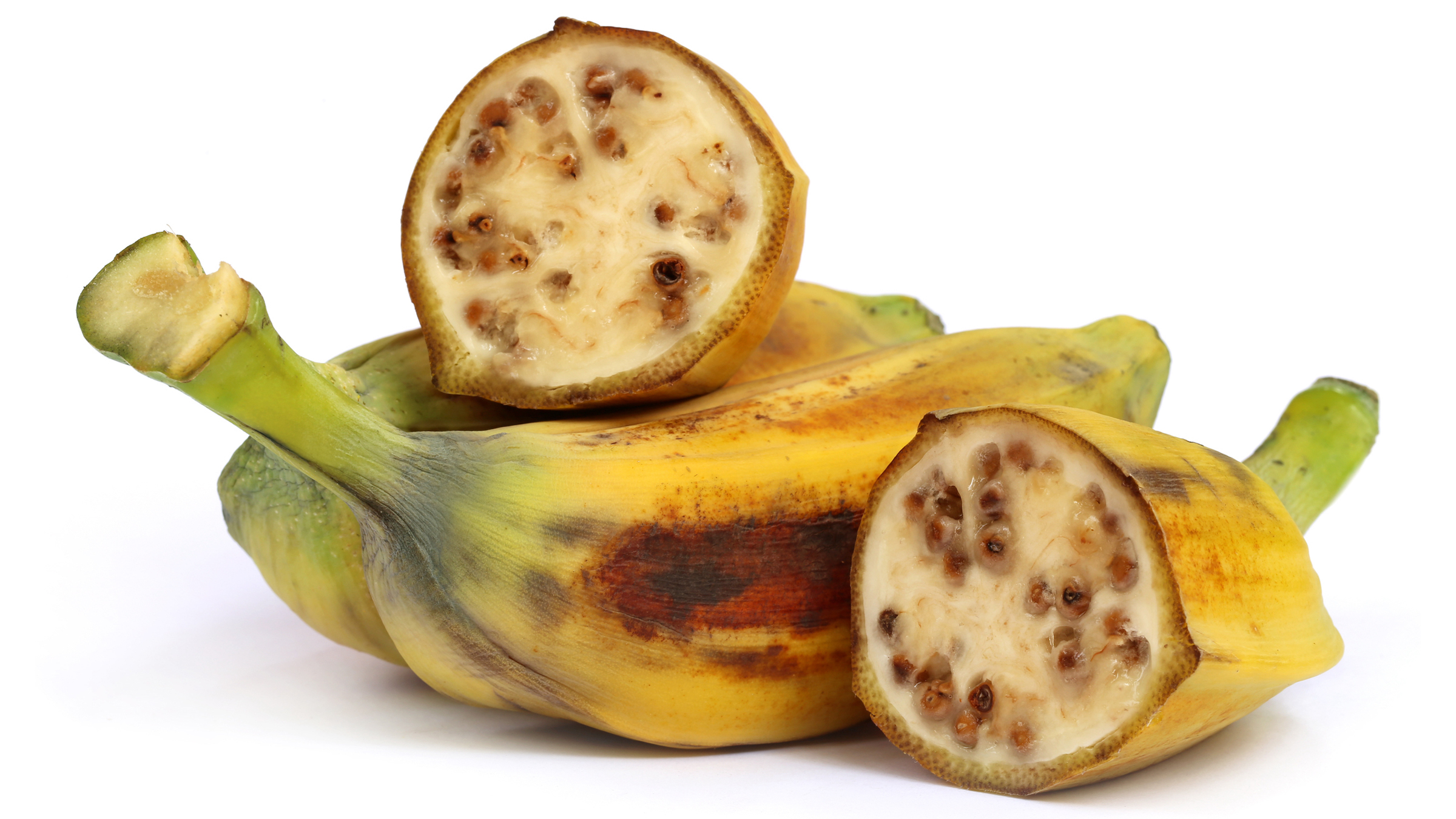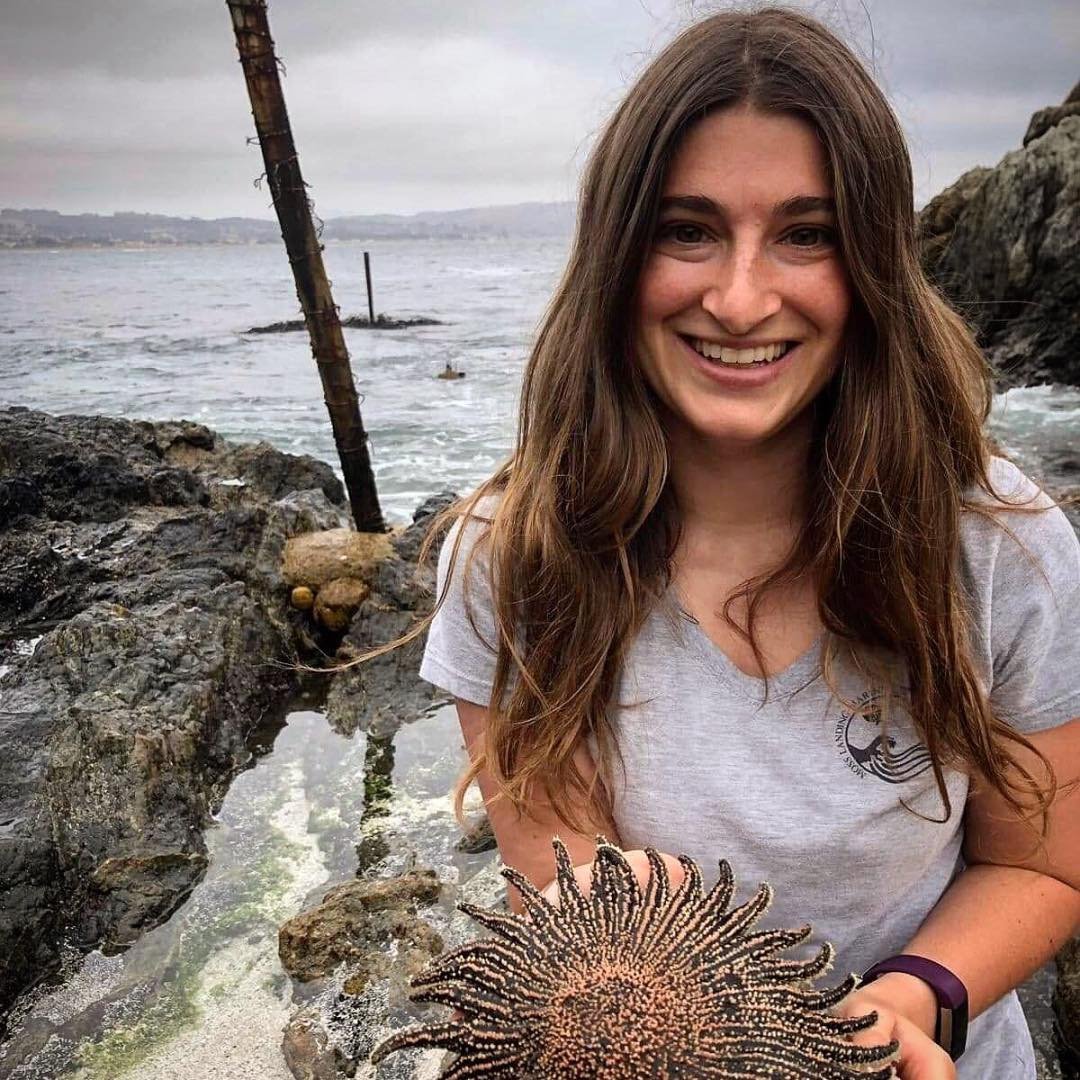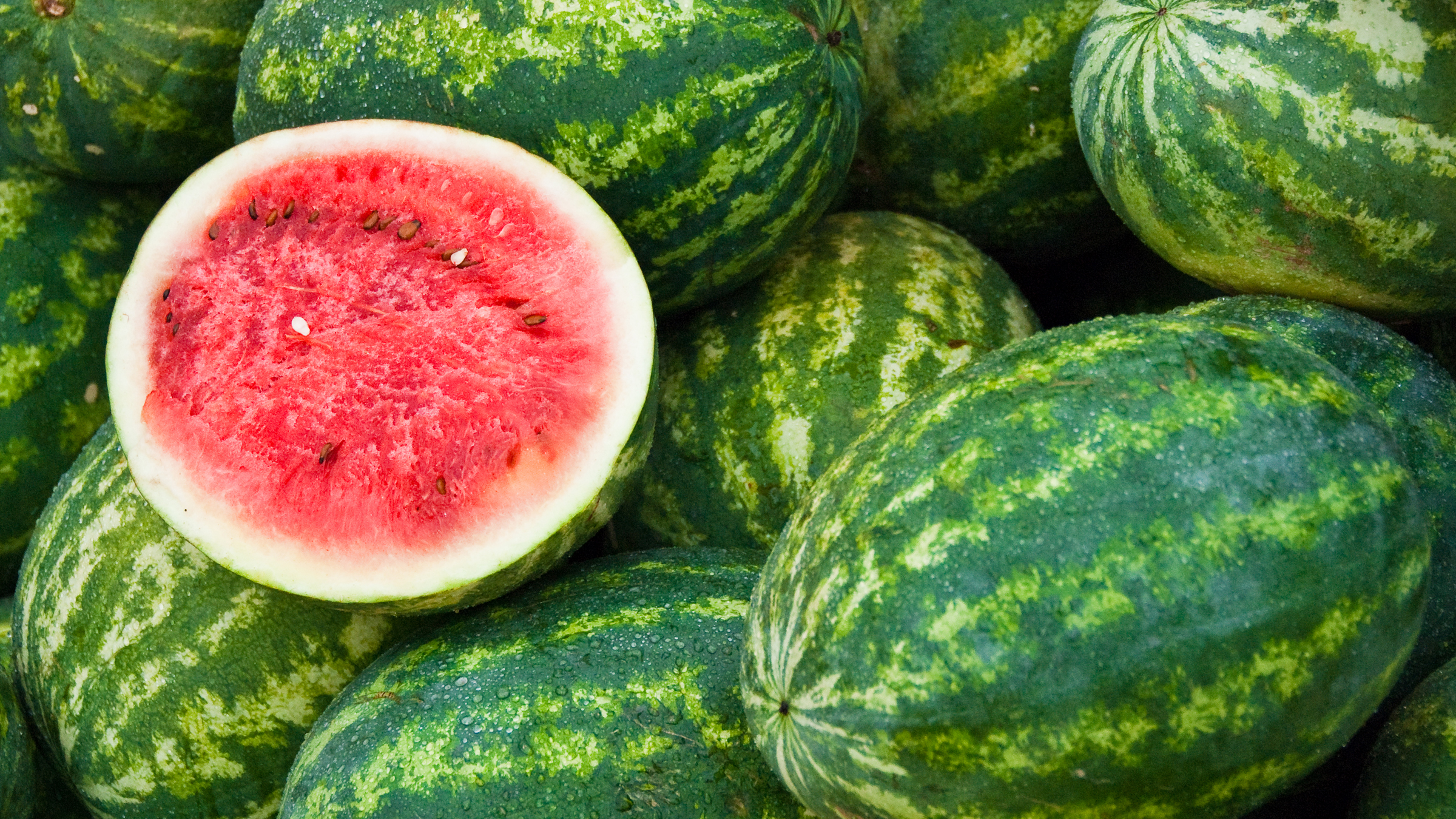How do plants with seedless fruit reproduce?
Plants are capable of producing seedless fruit through a process called parthenocarpy, and humans have long leveraged it in agriculture.

Sinking your teeth into a juicy, ripe watermelon is one of summer's greatest pleasures, particularly when you don't have to spit out any seeds. Indeed, humans have adapted many fruits to be seedless in pursuit of a more pleasant eating experience.
But without seeds, how do such plants reproduce?
Fertilization in fruit plants is typically a two-part process: Pollen from a male plant fertilizes the ovule of a female plant; this ovule then becomes a seed, while the ovary becomes the fruit. However, some plants have both male and female reproductive structures, allowing for self-fertilization. Without fertilization, no seed or fruit grows.
In rare instances, however, it is possible for a fruit to develop without fertilization, and it happens through a handful of different methods collectively known as parthenocarpy, after the Greek words for "virgin fruit." Charles Gasser, a professor emerit at the University of California, Davis, who has spent his career studying the molecular evolution of plant ovules, told Live Science that while parthenocarpy has since been harnessed widely in modern agriculture, it began as a natural phenomenon.
The navel orange, for example, came about after a random genetic mutation produced a single branch with seedless fruit long ago. (Many point to a tree in a Brazilian monastery in the 1800s.) People grafted cuttings of the branch onto other trees, and today, all of the world's navel oranges are clones of this original. Because these clones aren't good at self-pollination, an orchard of identical plants produces most of its fruit through parthenocarpy. A similar discovery led to seedless grapes, which are thought to have first emerged in ancient Rome before making their way to the Americas via Iran and Turkey in the 1870s.
Related: Why are bananas berries, but strawberries aren't?
For watermelons and bananas, it's an even more complex process. Plants often have more than two copies of each chromosome — a condition known as polyploidy — and seedless fruits grow when crosses yield offspring with incompatible chromosomes. Commercial growers, for example, create seedless watermelons by crossing a watermelon plant with four copies of chromosomes with a watermelon plant that has two copies of chromosomes. The resulting offspring that end up with an odd number of chromosomes are seedless, while even-numbered offspring are used to make more seeds. Similarly, all commercial bananas today have three copies of chromosomes, so they can only be propagated asexually.
Get the world’s most fascinating discoveries delivered straight to your inbox.
In some instances, botanists have learned how to trigger polyploidy or parthenocarpy by applying hormones. Pineapples are diploid, but they can produce fruit without fertilization when treated with the hormone gibberellic acid.
Gasser said scientists have a few hypotheses for why plants might have evolved these abilities. For one, plants can hybridize more easily than something like a vertebrate, and hybridization unlocks new evolutionary potential. Even if some combinations don't pan out, researchers have documented examples of "hybrid vigor," in which a hybrid is more fit than either of its parents. Polyploidy also results in larger seeds to hold all of those extra chromosomes, which may be more likely to pass through the acidic environment of an animal's stomach.
Lastly, because the purpose of fruit is to draw animals near to disperse their seeds, parthenocarpy may ultimately allow trees to produce more fruit at a lower energetic cost if they don't need to make seeds, too. "One could imagine parthenocarpy arising because it continues to attract the vectors that move the seeds around, even if all of the fruits don't have seeds," Gasser said.
Regardless of why seedless fruits exist, they represent an interesting thought experiment, according to Stacey Smith, a plant evolutionary biologist at the University of Colorado Boulder. On one hand, many are evolutionary dead ends, incapable of persisting on their own without human intervention. But they're also wildly successful for that same reason. There are very few, if any, wild navel oranges, and yet it's estimated that California will produce 76 million cartons of them this year alone.
"My personal take is that all domesticated plants have won in some sense, because they don't have to make more of themselves. We do it for them," Smith told Live Science. "Just because they're not reproducing sexually and making seeds, who cares? We will never stop eating watermelons, and being able to make seedless ones just means we eat more watermelons."

Amanda Heidt is a Utah-based freelance journalist and editor with an omnivorous appetite for anything science, from ecology and biotech to health and history. Her work has appeared in Nature, Science and National Geographic, among other publications, and she was previously an associate editor at The Scientist. Amanda currently serves on the board for the National Association of Science Writers and graduated from Moss Landing Marine Laboratories with a master's degree in marine science and from the University of California, Santa Cruz, with a master's degree in science communication.




